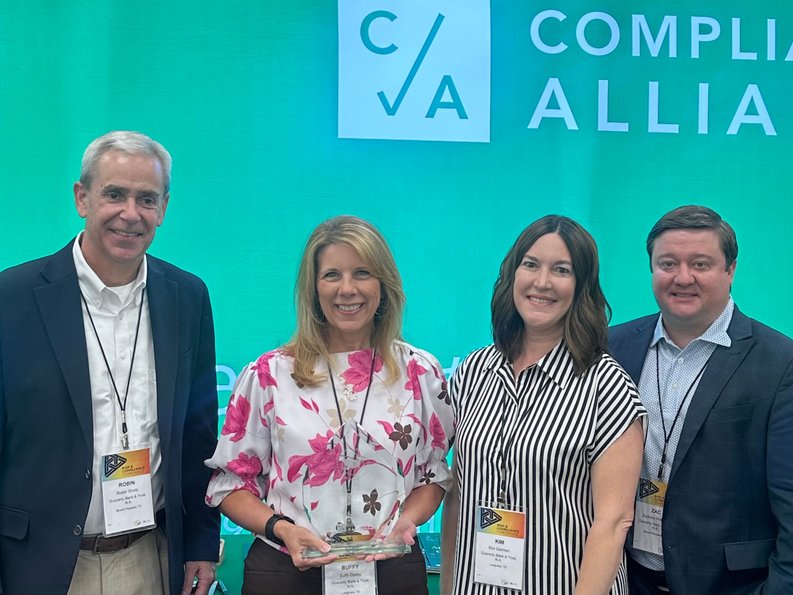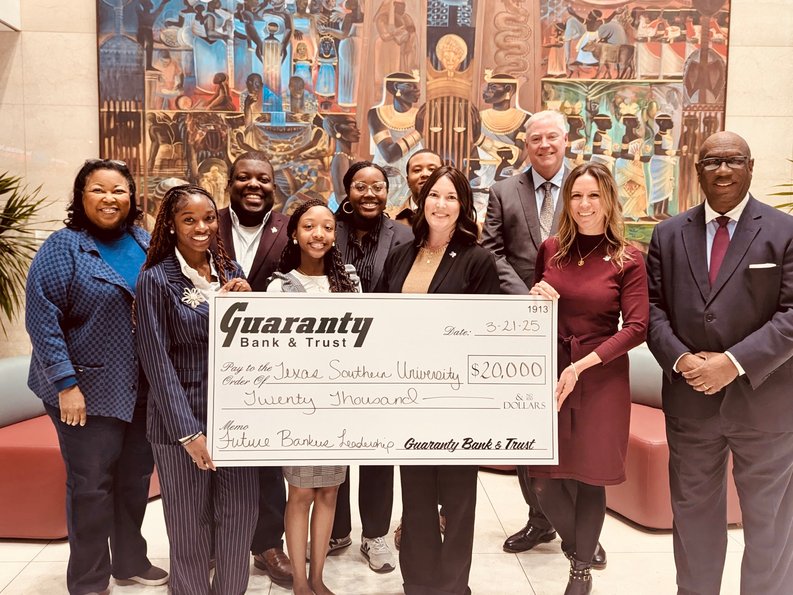
Blog
-
Aug. 28, 2024
The Importance of Supporting Texas Small Businesses
-
Aug. 14, 2024
How to Develop a Financial Plan: A Step-by-Step Guide
-
July 12, 2024
SBA 504 Loans: Your Path to Business Growth
-
June 11, 2024
Community Banking: A Pillar of Local Prosperity
-
Jan. 29, 2024
Maximize Your Tax Refund & Boost Your Savings









